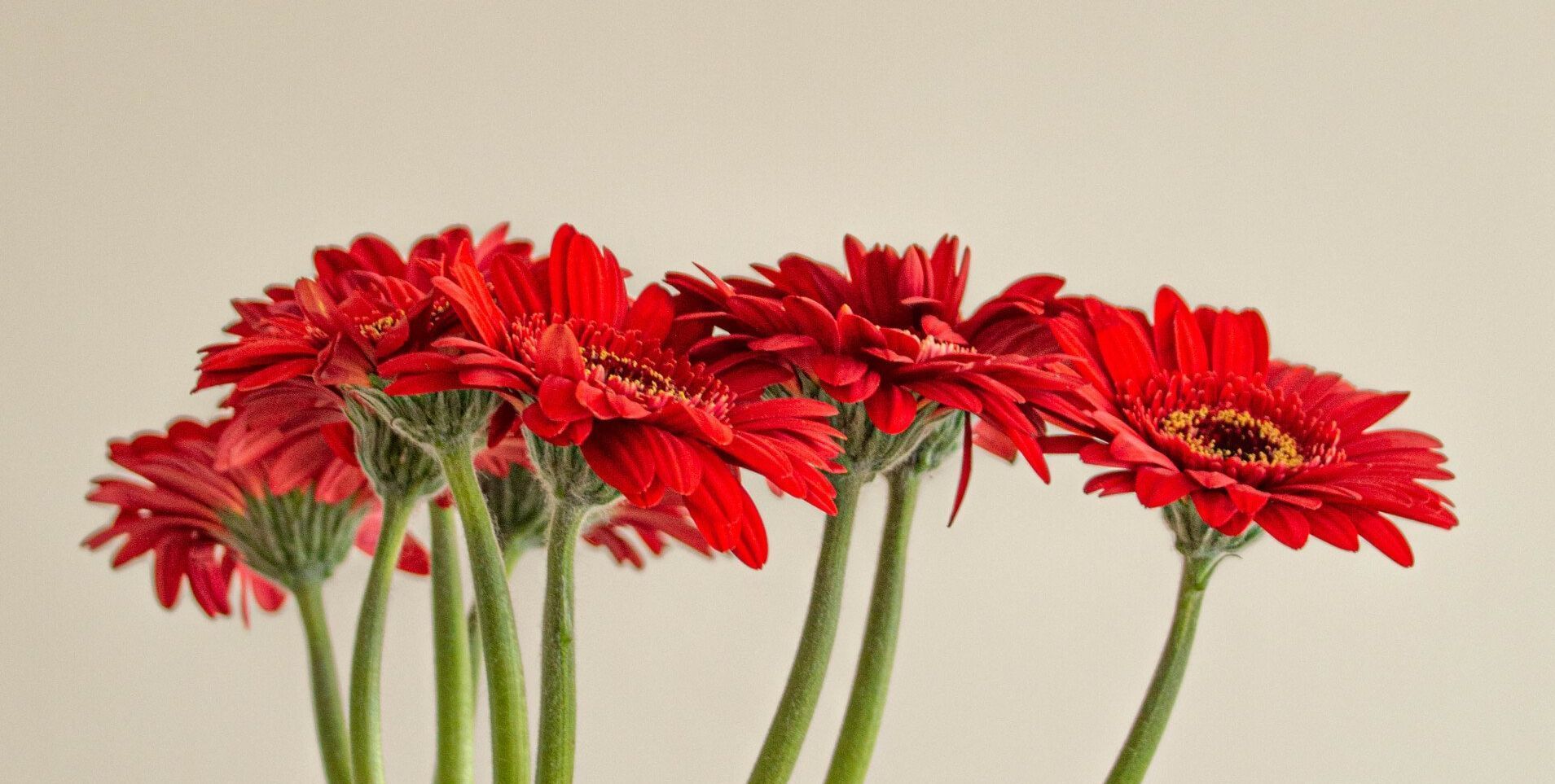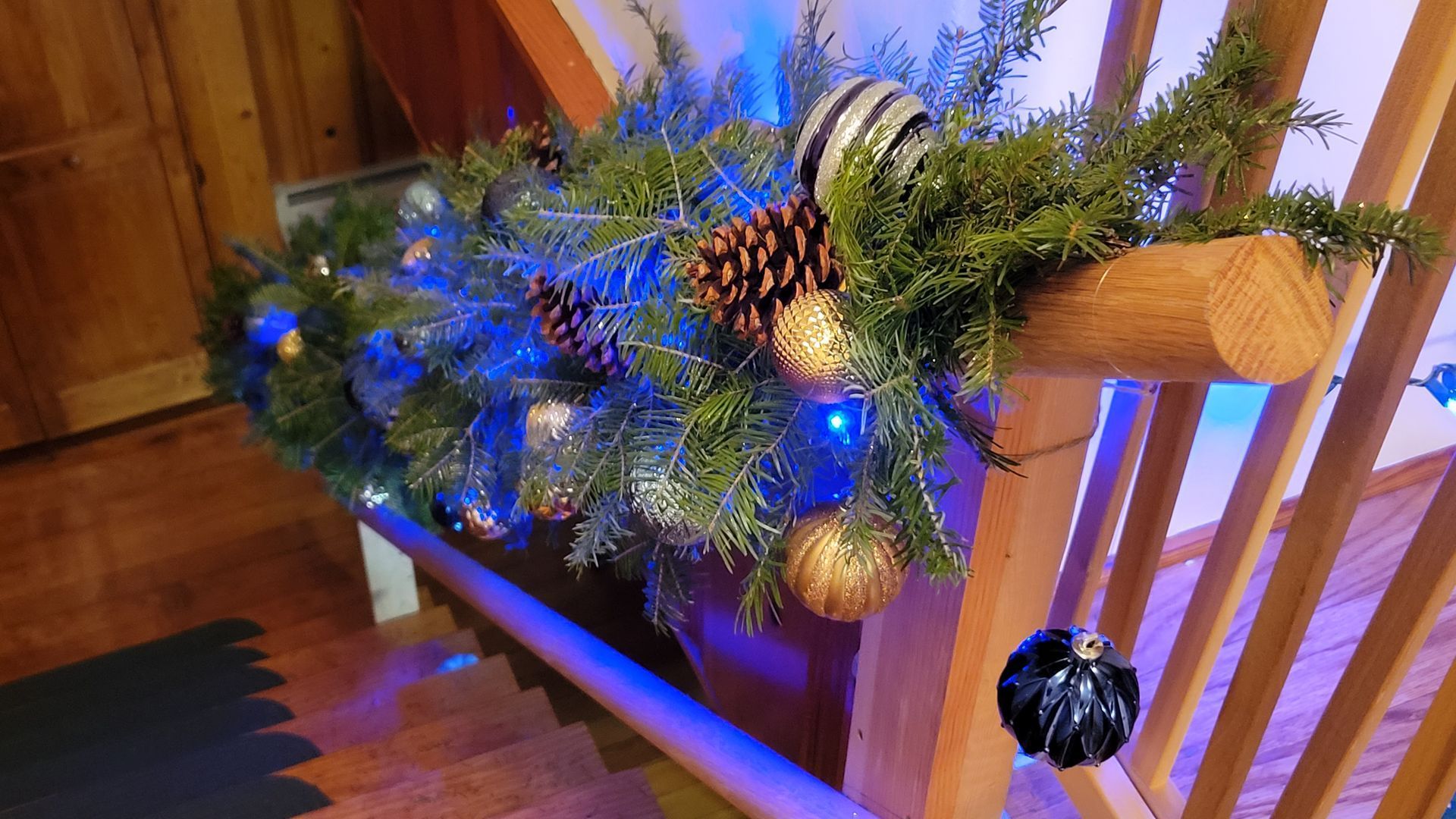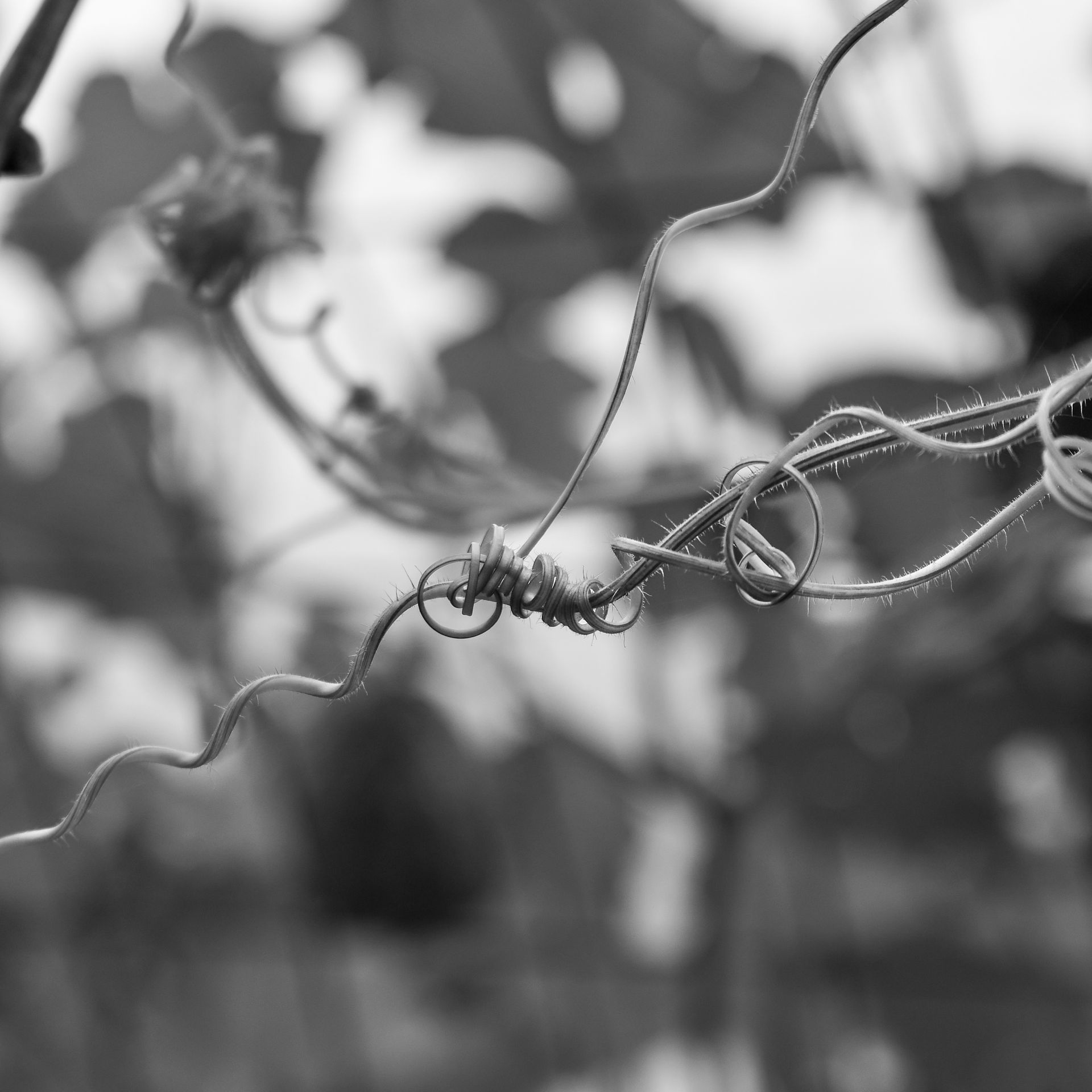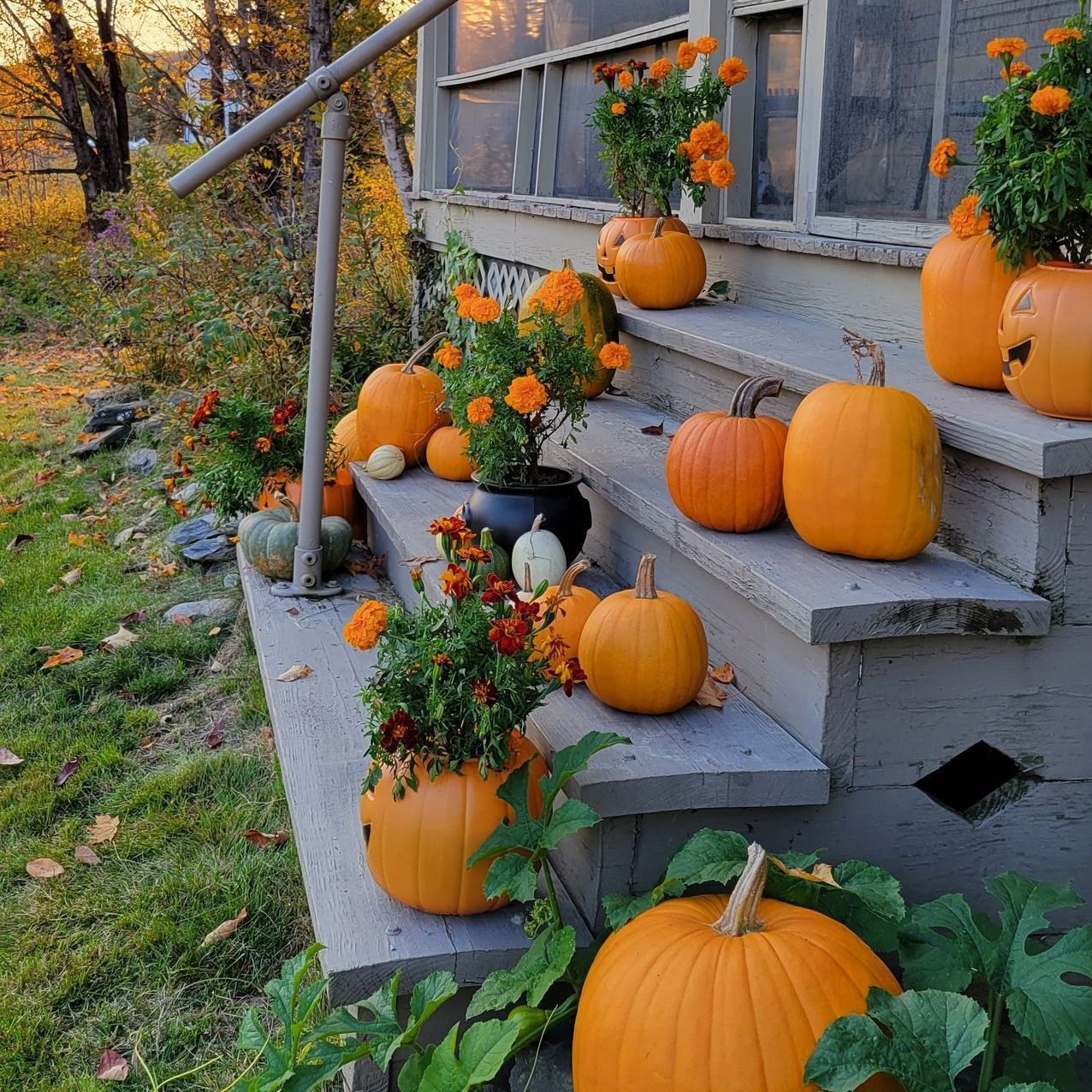How Ostara's Grove Uses Companion Planting to Boost Flower Production and Deter Pests
Companion Planting for Cut Flowers

You see, we Vermont flower farmers are a resourceful bunch. We don't just beautify the landscape — oh no, we're also mad scientists in overalls, conducting botanical experiments to outsmart those pesky critters that dare to munch on our blooms, and increase their productivity as if by magic. And companion planting is our not-so-secret superpower.
Attracting Pollinators and Beneficial Insects
Take lavender, for instance. When lavender cozies up to the roses, not only do you get the dreamy romantic fragrance, but the pollinators flock to the patch, boosting the flower power in progress. It's a match made in horticultural heaven.
And the fun doesn't stop there. We've got marigolds, basil, sage, and mint playing matchmaker with several flowers, making for excellent all-natural pest control. Forget a garden, we might as well be running a dating service.
Disrupting Pest Habitats
While Spring brings the blooms, it also brings pests. If you've lived in Vermont awhile, you know as well as I do just how bad the pests can be. And if you think we're just going to let those pesky little plant predators waltz in and have their way with our petals, you'd better think again. Companion planting is the trick up our sleeve to send those critters packing.
By planting a diverse array of crops instead of a boring old monoculture, we make it harder for pests to find their favorite snacks. It's like when my fiancé hides the good chocolate from me to help with my diet — I might still find it, but it's going to take me a lot more work.
Take for instance, Marigolds and Zinnias. Marigolds make excellent companion plants for Zinnias, as they're known to repel pests like spider mites, aphids, and nematodes. While Marigolds may not seem to have a strong scent where humans are concerns, it's smell is strong enough to deter many common Zinnia pests.
Companion planting creates a botanical fortress that would make even the most determined pest throw in the towel.
Harnessing Allelopathy
Okay, so sometimes things don't work out romantically, and that's okay! Personally, I've always maintained a scorched Earth policy. And allelopathy is no different. So what is allelopathy? Well, it's essentially the botanical equivalent of mutually assured destruction. We're talking about plants that release chemical compounds to inhibit the growth of their neighbors, and you'd better believe that we're using that to our advantage.
Think about the sunflower. They're beautiful and strong, and allelopathic. They're known to release chemicals through their root systems and decaying plant material, which can suppress the growth of a wide range of competing weeds in the cut flower garden. Buckwheat is particularly effective at reducing the germination of specific weeds, like amaranth, making it a useful tool for weed control in cut flower beds. (But not so great if one of your cut flowers happens to be Amaranth).
So, while mutually assured destruction is never recommended in life, it's excellent for your flowers. By leveraging the allelopathic properties of certain plants, we can create a thriving, weed-free cut flower oasis, leaving more time for your next date, and allowing your flowers to truly shine.
Fostering Biodiversity
Optimizing Growing Conditions
By carefully selecting and arranging your plants, you can create a synergistic system that maximizes the use of space, nutrients, and other resources, leading to healthier and more abundant flowers.
Start Small & Experiment
This next piece of advice is one that we should really learn to follow here at Ostara's Grove. Being the mad scientists that we are, we're always tinkering and experiment, and sometimes that can lead to mayhem when you dive overboard. After all, what's the fun in just following the rule book? We like to keep our pests on their toes (or, you know, whatever appendages they have).
When it comes to incorporating companion planting into your garden, it's important to start small and experiment. Starting small allows you to pay close attention to how different plant combinations perform in our little slice of Vermont heaven, and then make adjustments as needed.
While it's not quite as fun as throwing caution to the wind and following your heart's every desire, this method will allow you to develop a better understanding of which plant pairings work best for boosting flower production and deterring pests in your garden. And while it seems like there would be little harm in planting everything in one location, remember to be mindful of potential incompatibilities between certain plants, as some may quickly become a toxic relationship. Remember, some plants hinder the growth of others, or even attract unwanted pests that would love to feast on it's bedfellows.
the secret to our blooming success, straight from the heart of the Green Mountain State

Rebekkah grew up the middle child of three sisters in California. At 12, she and her sisters were separated, and she went to live with an aunt and uncle in Washington State. It was there that her love of floriculture blossomed. Her high school offered a Horticulture class, where she became the Floral Manager for the small-scale floral business within. That was all it took for Rebekkah to decide she wanted to one day own her own floral shop.
Unbeknownst to her then, this dream would be a journey that would take her across the country. Today, Rebekkah finds herself in a quaint Vermont town, living her dream with her three adorable cats and her supportive fiancé by her side. Her love for floriculture has blossomed into Ostara's Grove.
Scour The Journal
Recent Posts






